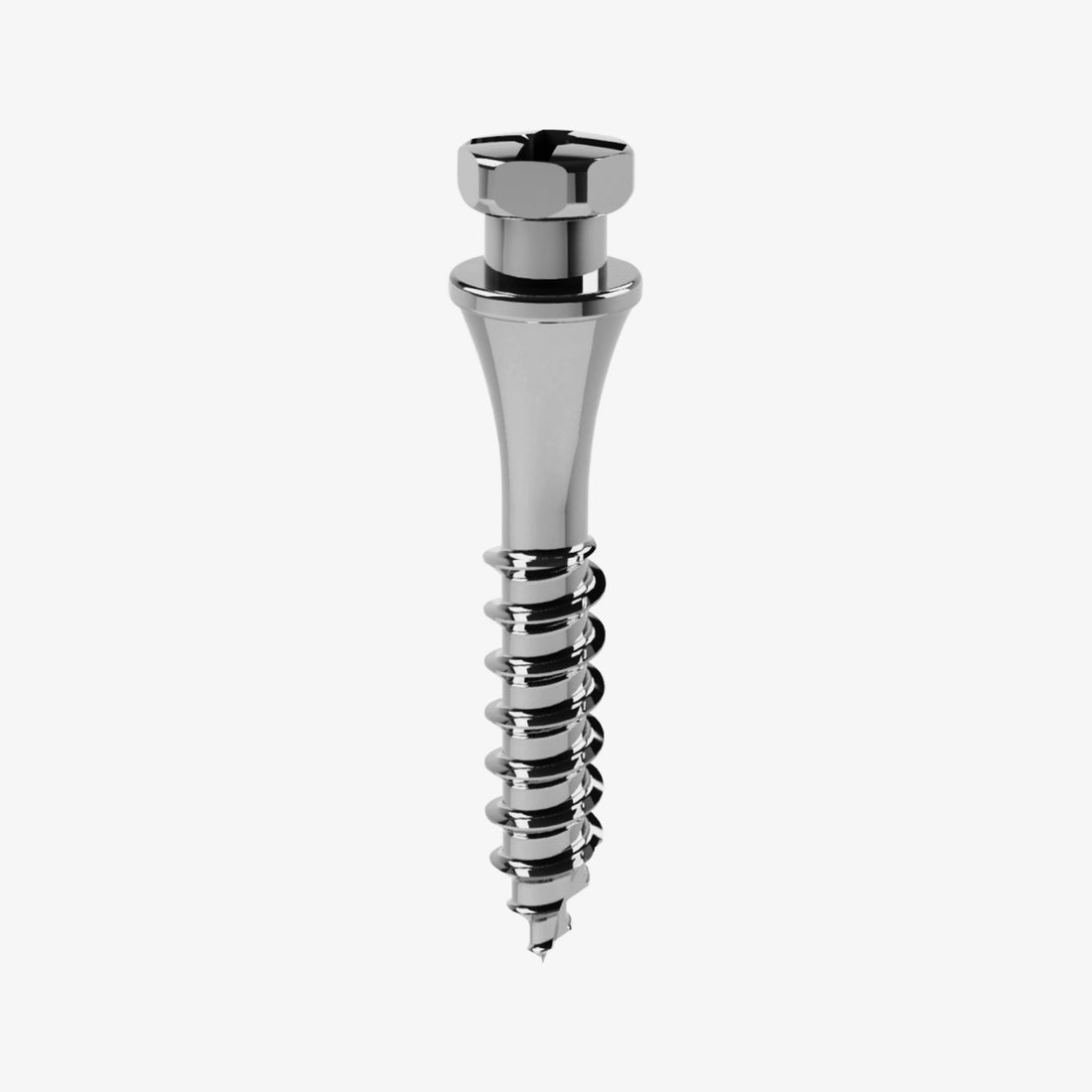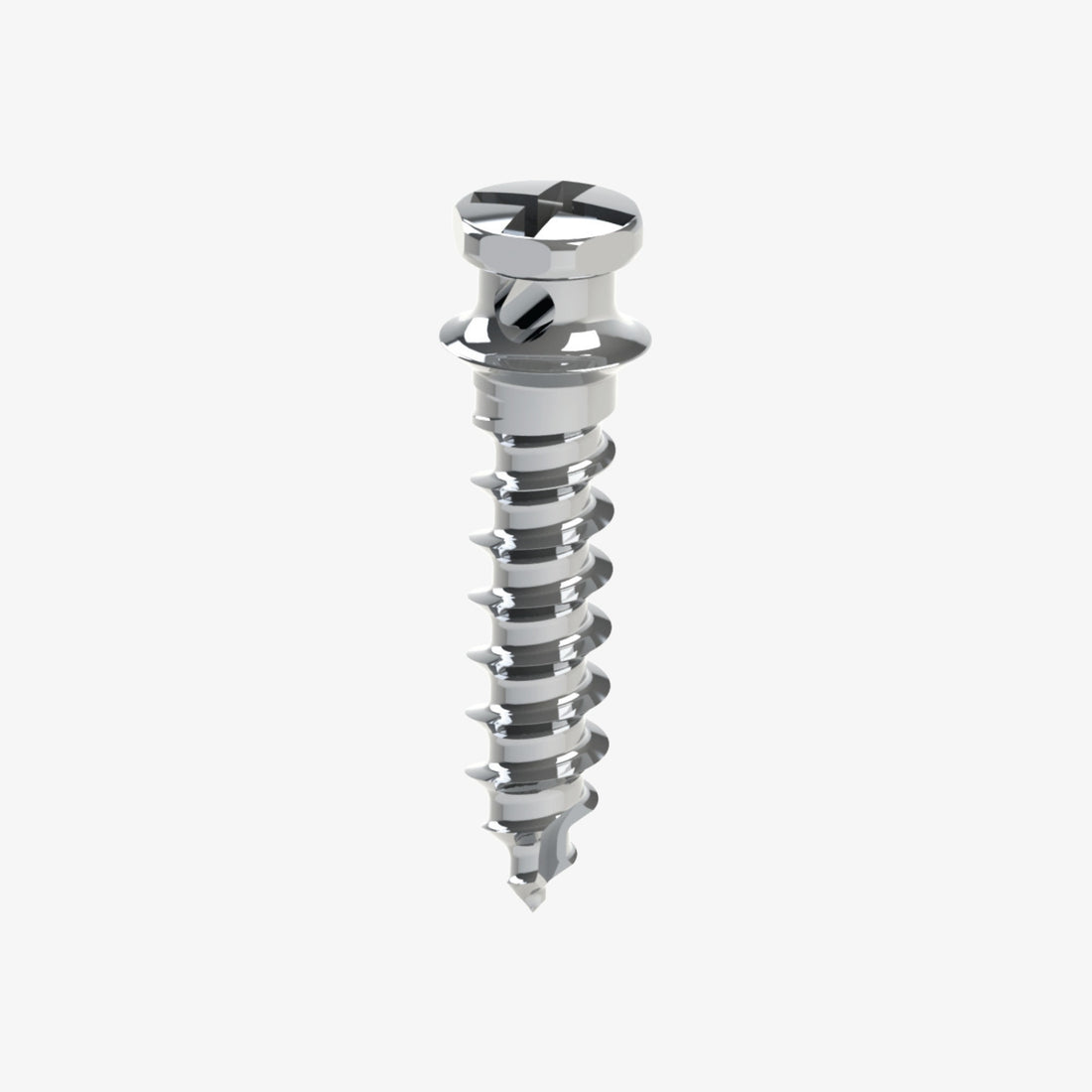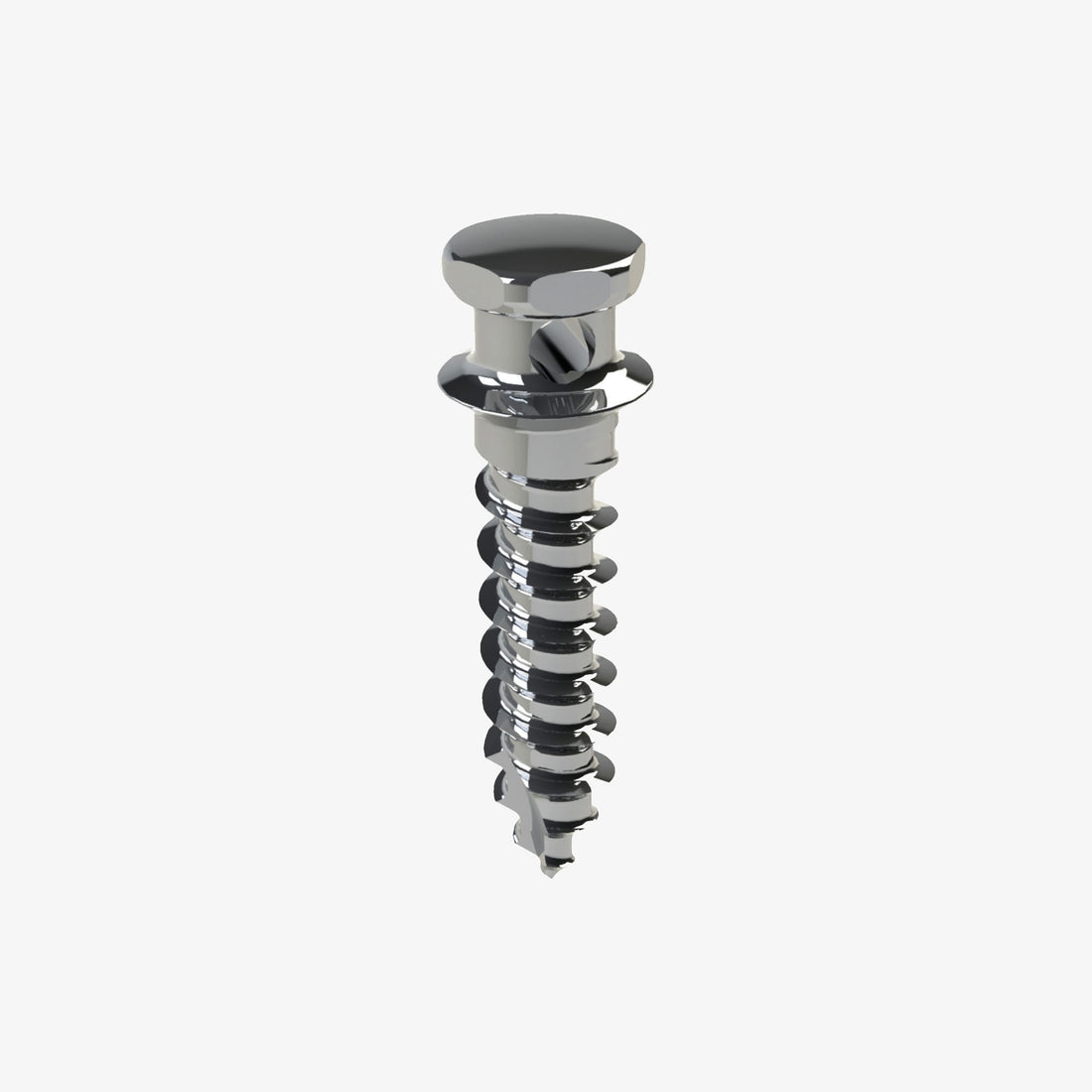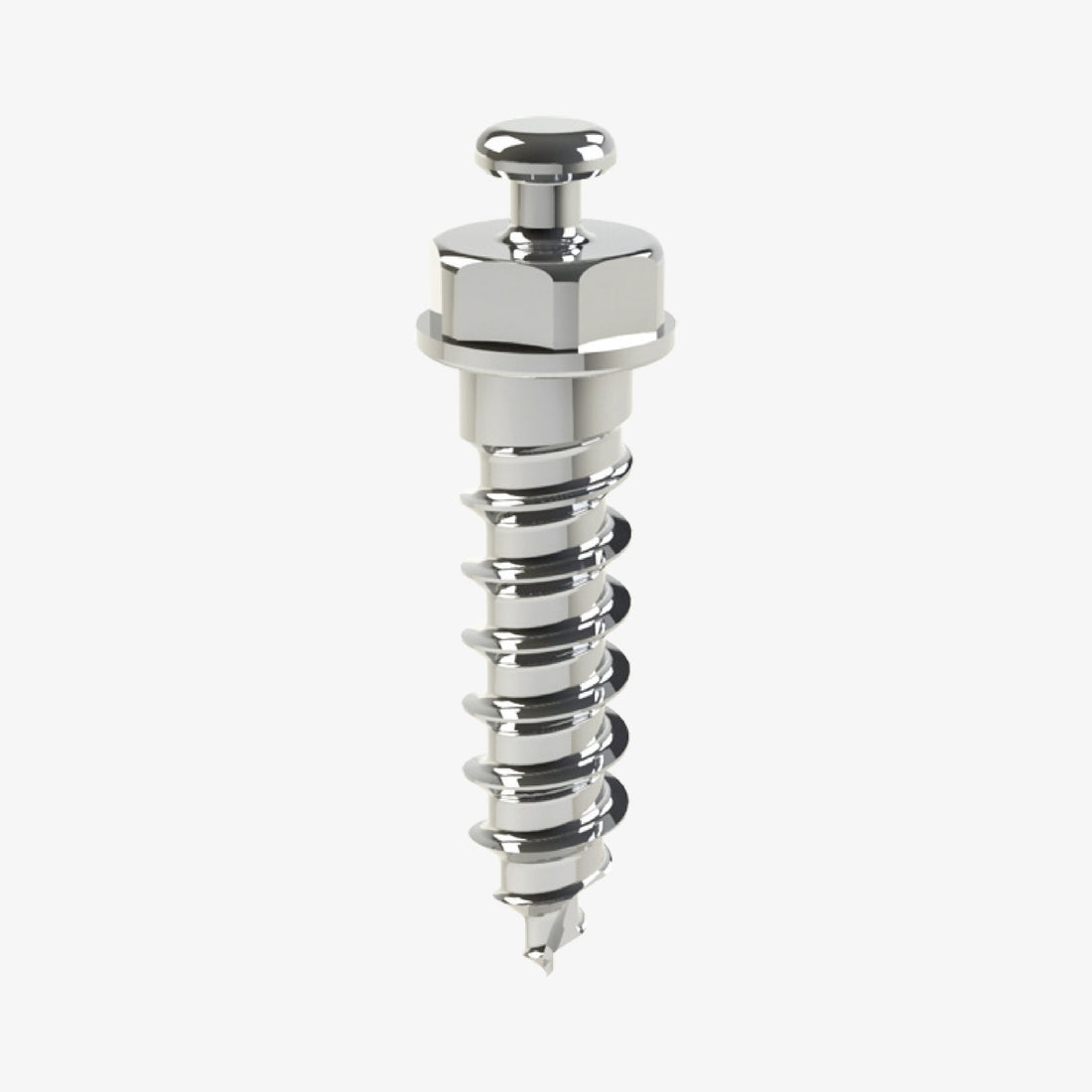7 Proven Reasons to Choose 2.5 mm Mini Screws for Superior Orthodontic Stability
Temporary Anchorage Devices (TADs), also known as miniscrews or orthodontic screws, have transformed orthodontic treatments by providing reliable anchorage points for precise tooth movements. Among the various sizes available, the 2.5 mm diameter mini screws stand out for their enhanced stability and versatility. This article explores why opting for 2.5 mm mini screws can be a game-changer in orthodontic practices.
Introduction to Mini Screws (TADs)
Definition and Role of TADs in Orthodontics
TADs are small titanium screws temporarily placed into the bone to serve as fixed anchorage points, facilitating controlled tooth movements without relying on patient compliance. Their introduction has minimized the need for external appliances like headgear, making treatments more comfortable and efficient.
Benefits of Using Mini Screws for Temporary Anchorage
l Enhanced Control: Provides precise force application for desired tooth movements.
l Reduced Treatment Time: Accelerates orthodontic procedures by eliminating the need for patient-dependent devices.
l Versatility: Applicable in various clinical scenarios, including space closure, intrusion, and molar distalization.
Importance of Diameter in Mini Screw Stability
How Diameter Affects Mechanical Stability
The diameter of a mini screw directly influences its mechanical strength. Larger diameters, like 2.5 mm, offer increased resistance to bending and fracture under orthodontic forces, ensuring consistent performance throughout treatment.
Risks of Micro-Movements and Bone Resorption
Smaller diameter screws are more susceptible to micro-movements, which can lead to bone resorption around the implant site. This not only compromises the stability of the screw but can also prolong treatment duration due to the need for repositioning or replacement.
Long-Term Implications for Orthodontic Treatments
Utilizing appropriately sized mini screws reduces the risk of complications, ensuring a smoother treatment process and better patient outcomes.
When to Use Larger Diameter Screws (2.5 mm)
Clinical Situations Requiring Higher Mechanical Strength
In cases involving significant tooth movements or where higher orthodontic forces are necessary, 2.5 mm mini screws provide the required stability to withstand these forces without deformation.
Specific Anatomical Sites: Pterygopalatine Area and Tuberosity
These regions often have softer bone quality, necessitating the use of larger diameter screws to achieve adequate anchorage. The increased surface area of 2.5 mm screws ensures better integration and stability in such challenging anatomical sites.
Real-World Examples from Orthodontic Practice
Orthodontists have reported successful outcomes using 2.5 mm mini screws in complex cases, such as full arch distalization and molar intrusion, where traditional anchorage methods were insufficient.
Key Benefits of Using Larger Diameter Mini Screws
1. Increased Stability and Load-Bearing Capacity: Ensures consistent performance under higher orthodontic forces.
2. Lower Risk of Bone Resorption and Screw Loosening: Reduces the likelihood of treatment interruptions due to screw failure.
3. Versatility in Complex Cases: Ideal for challenging movements like full arch distalization, molar intrusion, and correction of open bites.
Factors to Consider When Choosing Mini Screws
Bone Density and Quality
Assessing the patient's bone quality is crucial. In areas with lower bone density, larger diameter screws provide better anchorage.
Type of Orthodontic Movement Required
Movements demanding higher forces, such as molar distalization or intrusion, benefit from the enhanced stability of 2.5 mm screws.
Patient-Specific Factors
Age, bone health and oral hygiene practices influence the choice of screw size. Younger patients or those with compromised bone health may require larger screws for optimal results.
Insertion Site Considerations
The anatomical location dictates the appropriate screw size. For instance, areas with limited interradicular space may necessitate smaller screws, while regions like the tuberosity can accommodate larger diameters.
Clinical Studies and Scientific Evidence
Several studies have underscored the advantages of using larger diameter mini screws:
1. Kim et al. (2015): Demonstrated that 2.5 mm screws exhibited higher success rates in providing stable anchorage compared to smaller diameters.
2. Poggio et al. (2012): Highlighted the correlation between screw diameter and reduced failure rates in orthodontic applications.
3. Wilmes et al. (2016): Emphasized the mechanical benefits of larger screws in resisting orthodontic forces, leading to improved treatment outcomes.
Conclusion:
Why 2.5 mm Mini Screws Are the Optimal Choice
1. Enhanced Mechanical Stability: Larger diameter screws, such as 2.5 mm, offer greater resistance to orthodontic forces, reducing the risk of bending or fracture during treatment.
2. Reduced Risk of Micro-Movements: The increased surface area of 2.5 mm screws minimizes micro-movements, leading to decreased bone resorption and improved anchorage stability.
3. Optimal for Challenging Anatomical Sites: In areas with softer bone quality, like the pterygopalatine region and tuberosity, 2.5 mm screws provide the necessary support for effective tooth movement.
4. Versatility in Complex Cases: These screws are ideal for demanding orthodontic procedures, including full arch distalization and molar intrusion, offering reliable anchorage where traditional methods may fall short.
5. Lower Failure Rates: Clinical studies have shown that larger diameter mini screws have higher success rates compared to smaller ones, ensuring more predictable treatment outcomes.
6. Improved Patient Comfort: The stability of 2.5 mm screws reduces the need for re-insertion or adjustments, leading to a more comfortable experience for patients throughout their orthodontic journey.
7. Efficient Treatment Progress: With their superior anchorage capabilities, 2.5 mm mini screws can contribute to shorter treatment times and more efficient orthodontic procedures.
By considering these advantages, orthodontic professionals can make informed decisions about incorporating 2.5 mm mini screws into their treatment plans, ultimately enhancing patient care and treatment efficacy.
References:
Kim, S.H., et al. (2015). "Mechanical Properties and Stability of Orthodontic Mini-Screws." Journal of Dental Research.
Poggio, P.M., et al. (2012). "Factors Affecting the Stability of Orthodontic Mini-Implants." European Journal of Orthodontics.
Wilmes, B., et al. (2016). "Mini-Implant Stability: Diameter Matters." Journal of Clinical Orthodontics.












 0745 100 497
0745 100 497


